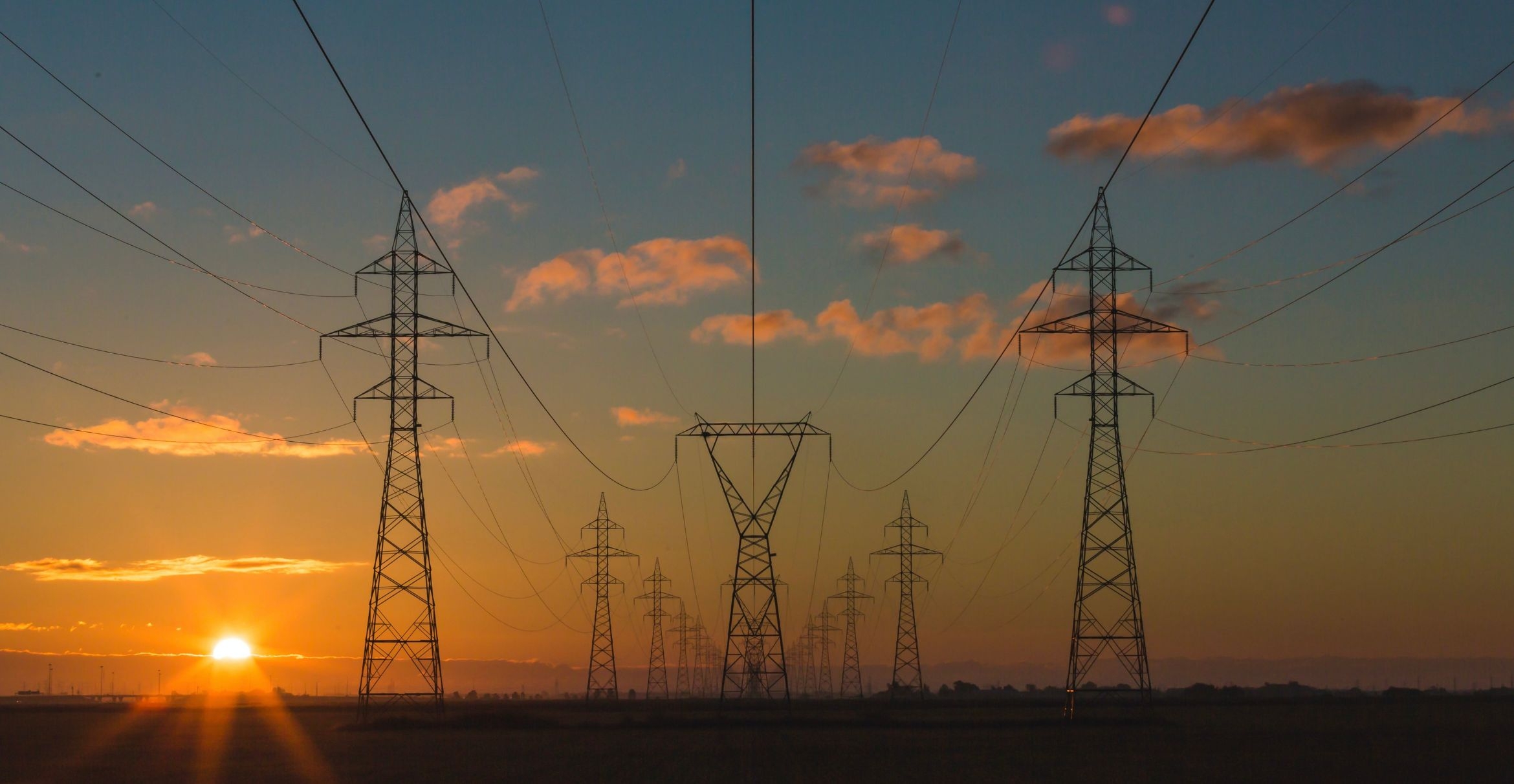
Equitably decarbonizing California: A multi-campus collaboration will help the Golden State reach its energy goals
California is a global leader in the effort to reduce greenhouse gas emissions. But the state will need a lot of brainpower to ensure it achieves its grandest plans.
“California has ambitious decarbonization goals. But there’s always skepticism about whether they only target the wealthy,” said UC Santa Barbara statistics professor Mike Ludkovski.
UC Santa Barbara has joined with several of its sister UCs to ensure that disadvantaged communities are fully integrated into California’s decarbonization efforts. The $2 million project, funded by the state legislature, aims to develop models and tools to help accomplish this. UCSB accounts for the largest single portion of the budget, with faculty involved in all four of the project’s thrusts, which include:
1. Projecting the adoption of electrified technologies
2. Forecasting the size and deployment of microgrids
3. Ensuring resilient energy infrastructure
4. Examining the economic incentives for adoption
The collaboration is part of UCSB’s 2035 Initiative: a cross-campus research enterprise focused on generating social solutions to our shared environmental problems. “Integrating cutting-edge social science survey techniques with energy systems modeling is a really unique feature of this project and our multidisciplinary research team,” said political science professor Matto Mildenberger. “Even as the sophistication of our technical and economic energy models have increased, our energy scenarios don’t always engage humans who are the real end-users of our energy systems with the same sophistication.”
“Shifting away from fossil fuels to clean energy gives us a tremendous opportunity to create a more equitable energy sector,” said Ranjit Deshmukh, an assistant professor in the Environmental Studies Program and the Bren School of Environmental Science & Management. “Disadvantaged communities and lower income households are more vulnerable to the impacts of climate change on the electricity grid.”
“But these communities are the most likely to be ‘left behind’ in the electrification transition,” added Assistant Professor Grace Wu, also in environmental studies. This is often due to inadequate infrastructure in their neighborhoods, such as undersized electricity transformers or fewer electric vehicle charging stations. These historically disadvantaged communities also have fewer resources to purchase alternative electric technologies, like electric vehicles and heat pumps.

Decarbonizing California will require electrifying end users. The team aims to characterize the barriers to adopting residential electrification, electric vehicles and distributed energy generation (such as solar cells). These insights will inform how to increase adoption and ensure that everyone benefits from the transition.
Mildenberger, Deshmukh and Wu will survey individuals from these communities to understand their preferences under different policy scenarios. Mildenberger will then use this data to generate high-resolution opinion data, down to each census tract, modeling Californians’ policy preferences, electrification attitudes and ability to adopt electric technologies. This information will allow Wu and Deshmukh to forecast energy demand in these communities and identify physical constraints that may prevent the electricity grid from supplying that demand.
To alleviate those constraints, they will also compare the performance of different microgrids in these communities. This will include renewable energy to generate local power and batteries to shift electricity demand to times of high renewable energy generation. Localized power generation can make the grid more resilient and reliable, further increasing Californians’ safety and security during extreme weather. A more reliable grid would also encourage the adoption of electrified technologies, further reducing the state’s carbon emissions.
The researchers are also curious how different economic incentives might benefit customers, utilities and the grid as a whole. So far, no one has analyzed current incentives to see if they’re sufficient to reach California’s electrification goals, or whether the benefits are equally distributed over different socio-economic groups.
New federal and state rules are considering innovative ways to integrate community-level power generation into the wholesale electricity market. “Households, community centers and other small electricity consumers could have a new revenue source from their batteries or solar arrays,” Ludkovski said. “So that's potentially a way for disadvantaged communities to lower decarbonization and electrification costs.'”
Ludkovski himself will focus on projecting how climate change might impact the grid over the next decade. For instance, hotter temperatures increase air-conditioner use, driving up electricity demand. At the same time, these conditions lower the efficiency of solar cells. Hotter, drier conditions have already made power interruptions more common, and these often hit disadvantaged communities harder, he points out. “As the climate gets more extreme, are we equitably serving all our communities in the state?” he asks, “or are we effectively prioritizing some over others?”
Ludkovski's team will develop statistical models to simulate future grid conditions, because we can no longer merely extrapolate these from historical data. His results will feed into the project’s climate resiliency component, helping his colleagues forecast electricity demand and energy generation, especially the electricity systems models run by researchers at UC San Diego.
Altogether, this project is a collaboration between three UC campuses, two national labs and two utility companies. UC Santa Barbara’s Institute for Energy Efficiency will manage the university’s portion of the grant, which will go toward hiring five researchers and carrying out the survey work.
Identifying barriers that households face in adopting electric technologies, constraints on grid infrastructure, and the impact of climate change on infrastructure in disadvantaged communities is the first step towards ensuring an equitable energy transition.
Harrison Tasoff
Science Writer
(805) 893-7220
harrisontasoff@ucsb.edu



